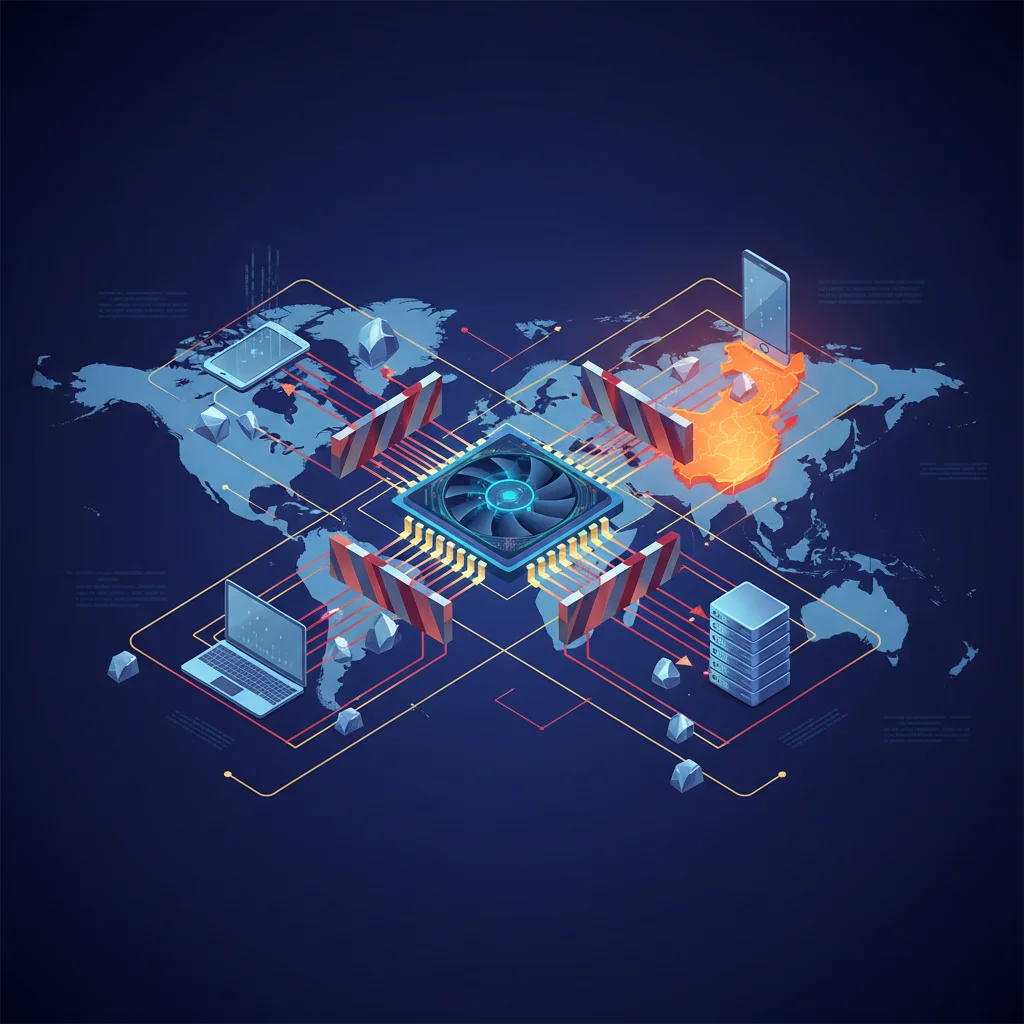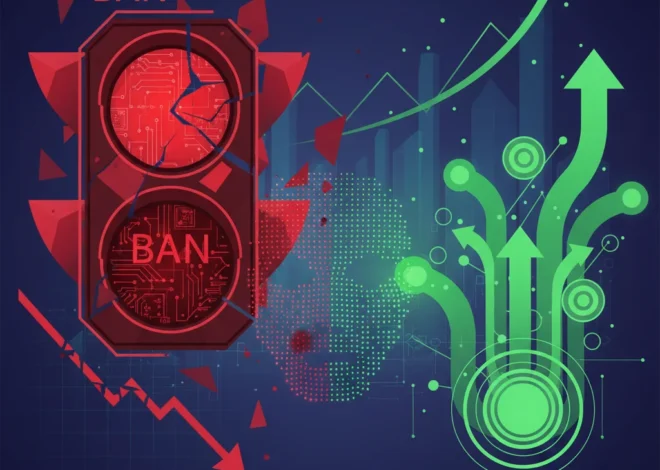
Geopolitics in Your GPU: Why China’s New Rules on Rare Earths Could Upend the Tech World
The Unseen Engine of Our Digital World
Take a moment to look at the device you’re reading this on. Whether it’s a sleek smartphone, a powerful laptop, or a widescreen monitor, it feels like a product of pure software, code, and cloud magic. But beneath the glass and the glow lies a deep connection to the physical earth—a connection that’s just been put under immense geopolitical pressure.
You’ve probably heard of silicon, copper, and gold as the building blocks of electronics. But the real “secret sauce” for modern high-performance technology is a group of 17 obscure elements known as rare earth elements (REEs). They are the unsung heroes behind the vibrant colors on your screen, the powerful magnets in your hard drive, and the compact efficiency of your processors. And China, the world’s dominant supplier, just tightened its grip on them.
In a move that sent quiet shockwaves through global supply chains, Beijing has announced stricter export controls on these critical materials. While the initial announcement was brief, its implications are massive, especially for those of us in the tech industry—from software developers and AI researchers to startup founders and cloud architects. This isn’t just a trade dispute; it’s a fundamental challenge to the physical infrastructure that powers our digital-first economy.
What Are Rare Earths, and Why Should a Developer Care?
Think of rare earths as the essential vitamins for technology. They aren’t necessarily “rare” in terms of geological abundance, but they are incredibly difficult and environmentally challenging to mine and process into a usable form. Elements with names like neodymium, yttrium, and terbium are indispensable for creating the high-performance components that define modern tech.
Here’s where they show up:
- Powerful Magnets: Neodymium magnets are the strongest permanent magnets known. They are crucial for everything from the tiny motors that make your phone vibrate to the massive electric motors in EVs and wind turbines. In our world, they are essential for the hard disk drives (HDDs) that still form the backbone of affordable mass storage in the cloud.
- Vibrant Displays: Elements like europium and terbium are used as phosphors to create the vivid red and green colors in LED and OLED screens.
- Processors & Memory: They are used as catalysts and in polishing agents to manufacture the flawless silicon wafers that become the CPUs and GPUs driving the artificial intelligence revolution.
- Fiber Optics: Erbium is used to amplify signals in fiber optic cables, ensuring the internet’s global data streams remain strong and clear.
For a developer, an entrepreneur, or a tech professional, this might seem distant. You don’t order a kilogram of lanthanum with your morning coffee. But the cost, availability, and performance of the hardware you rely on are directly tied to the stability of this supply chain. And with China accounting for over 70% of global rare earth mining and a staggering 90% of processing, any restriction is a major event.
Connecting the Mines to Your Machine Learning Model
Let’s trace the ripple effect from the mine to your code. The most profound impact of this geopolitical maneuver will be felt in the very heart of modern computing: the data center.
The Physical Foundation of the Cloud and AI
The cloud isn’t an ethereal concept; it’s a network of millions of servers housed in massive, power-hungry data centers. Every SaaS platform, every machine learning model, and every piece of data you store online lives on


